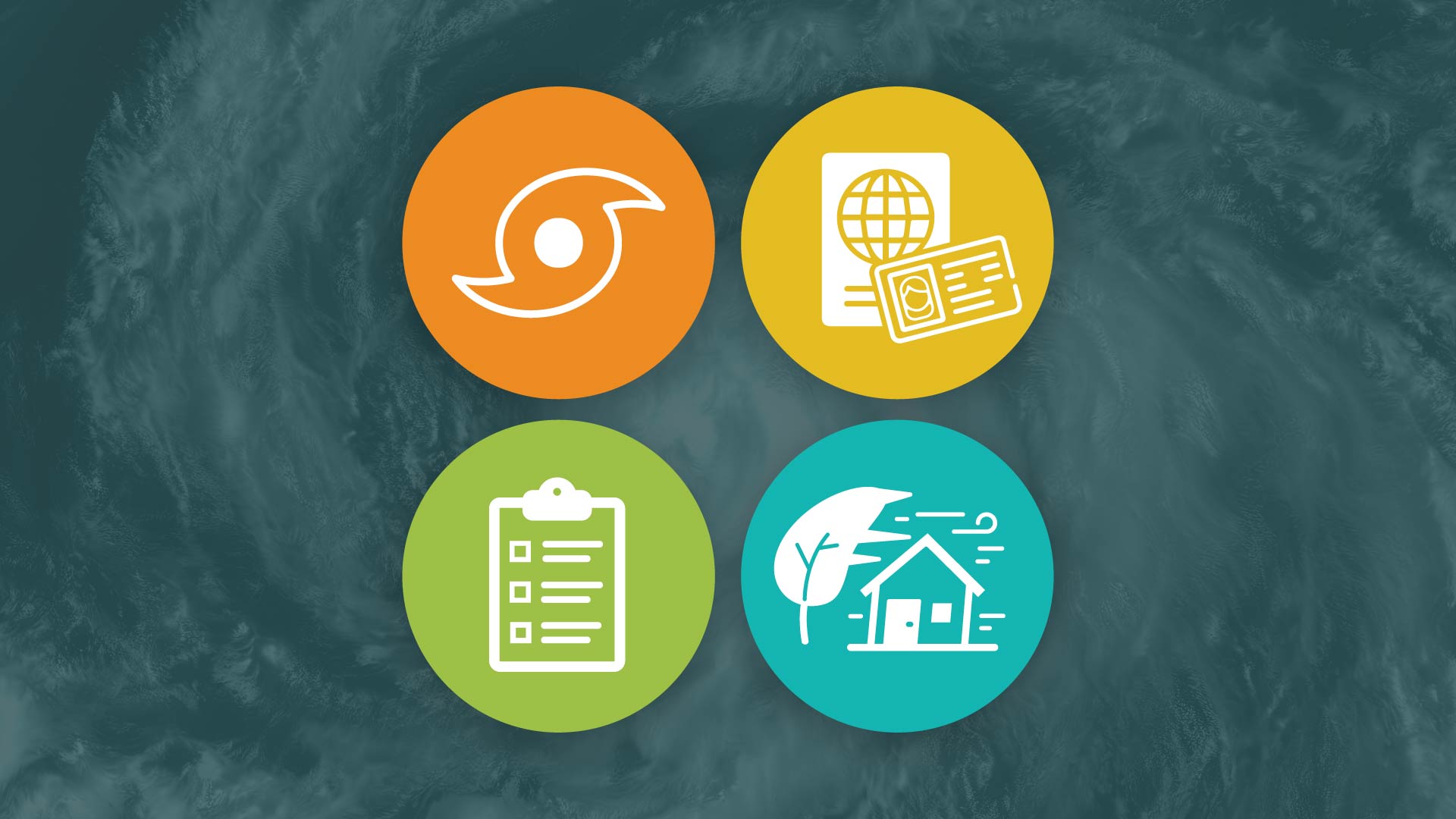Budgets are the backbone of good financial health. They help you see where your money is going, reach your financial goals, and get out of debt. Budgets can even help you talk to others about money without any underlying stress or frustration. Yet, the idea of building a budget — and sticking to it — seems as fun as thunderstorms at the beach.
Don’t let the thought of budgeting cast a shadow over your day! In this step-by-step guide, we’ll break down how to budget and help you break away from bad budgeting stereotypes.
Creating a budget may seem like a daunting task, but it’s not about complex spreadsheets and mastering numbers. In reality, it's as simple as picking up a pencil and paper (or downloading an app) and following a few straightforward steps.
Step 1: Your income after taxes
The first step is to calculate your income after taxes, also known as your net income. Once you know how much money is in your pocket every month, you’re one step closer to making good money decisions!
Tip: If your monthly income varies, use the lowest amount and calculate your budget based on that.
Step 2: Wants vs Needs
We all have those simple (and not-so-simple) pleasures that add up. Treating yourself is important — we know! However, separating your needs from your wants ensures life’s essentials never take a backseat to simple pleasures. To know which is which, imagine this:
You’re heading to the beach for a day in the sun. Your needs are the fun-in-the-sun essentials:
- An umbrella (shelter)
- Lunch (food)
- Water
- Anything else you
Your wants add extra sunshine to the day out:
- A speaker or other forms of entertainment
- A brand new outfit
- A sweet treat on the way home to cool down
Note: While your wants may vary from our list, they will always add zest to your life, but are unnecessary for daily survival.
Step 3: List your expenses
Once you’ve separated your needs from your wants, it’s time to list your monthly expenses. Categorize your expenses into three groups: fixed, variable, and other.
Fixed expenses are constant; you’ll pay for them every month, and they cost about the same. Some examples are:
- Rent or mortgage
- Utilities
- Car payments
Variable expenses appear every month, but their cost tends to fluctuate. Consider:
- Groceries
- Gas
- Your weekly coffee budget
Other expenses pop in from month to month, but their costs are hard to pin down. Such as:
- Pet supplies
- Cook It Yourself food subscription services
- Haircuts
- Holiday and birthday expenses
Tip: Track your variable and other expenses for a few months, then factor the average prices into your budget.
Step 4: Pay off your debt
Now that you know the expenses that make your month go ‘round, let’s tackle your debt! We know discussing debt can be stressful, but with the right tips and strategies, you can eliminate it, one payment at a time.
First, list all your debts — credit cards, student loans, money you owe friends and family.
Next, pick a debt-tackling tactic and stick to it! Here are some we recommend:
- Avalanche Method: Take on the debt with the highest interest rate first! Pay off that debt, then move on to the next highest interest rate, until you’ve paid off all your debt.
- Snowball Method: Start small and build momentum! Tackle your lowest balance first, then move on to the next lowest and add to the payment. Keep going until you’re debt-free!
- Lower Credit Utilization: For credit cards, focus on the card with the highest balance-to-available-credit ratio. By eliminating high balances on lower credit lines, you can avoid high-interest fees and save money!
Step 5: Save! Save! Save!
Let’s review! You’ve calculated your monthly income after taxes, you know how much you spend on monthly expenses, and you selected your debt-tackling method. Now, it’s time to save.
Whether you’re just starting your short-term emergency fund or you’re ready to save for the vacation of a lifetime, we can help!
Before you jump into saving for fun, make sure you have a short-term emergency fund. Life happens, and while it’s hard to prepare for what will come your way, saving money in case of an emergency will help you land on your feet. Your short-term emergency fund should be enough to cover a few months of bare-bones expenses.
Tip: While you build your budget, note your essential monthly expenses and use our emergency fund calculator to calculate your ideal short-term emergency fund.
After you have a short-term emergency fund, it’s time to have some savings fun! Set a savings goal; if you don’t have a specific amount in mind but want to stay on track and hold yourself accountable, use our savings calculator. Adjust the monthly input, interest rate, and your goal. See what works for you and start saving!
Ready to take saving to the next level? Vacations, gifts, summer fun — you name it, we’ve got a club account for it. Set a goal and save with no minimum balance, easy online or mobile app transfers, and up to six free withdrawals per month. Smile all the way to cash out with our club accounts!
And that’s it! Your budget is complete. Remember to revisit and update your budget regularly for an accurate representation of your finances.
Plus, don’t limit yourself to paper! Budgeting shouldn’t feel like a chore. Whether you're more comfortable with technology and apps or prefer writing everything out, there are options to suit your preferences.
Want more details about something we covered — or didn’t cover — in this article? We'd love to hear from you! Contact us or visit us at your local branch.









